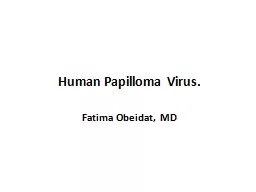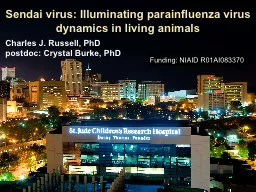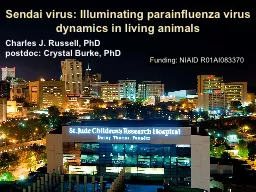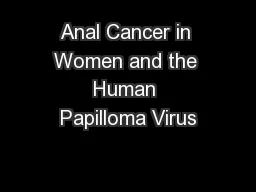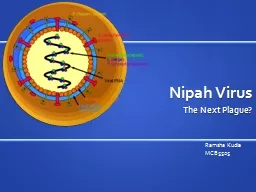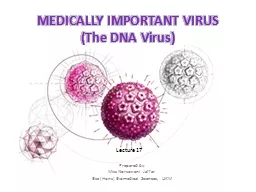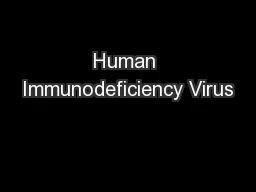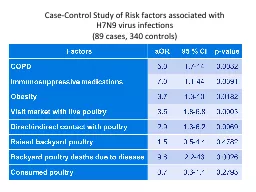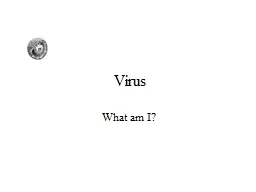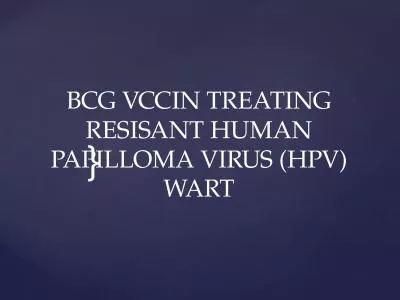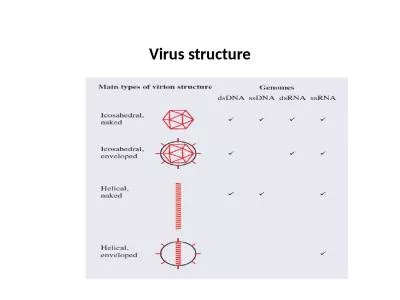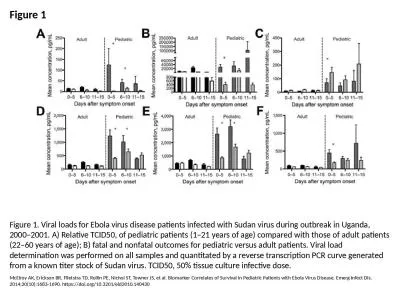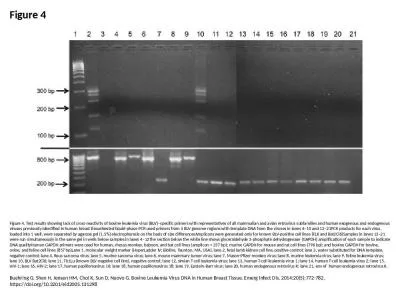PPT-Human Papilloma Virus.
Author : majerepr | Published Date : 2020-06-15
Fatima Obeidat MD HPV is the most common sexually transmitted infection STI HPV is so common that nearly all sexually active men and women get it at some point
Presentation Embed Code
Download Presentation
Download Presentation The PPT/PDF document "Human Papilloma Virus." is the property of its rightful owner. Permission is granted to download and print the materials on this website for personal, non-commercial use only, and to display it on your personal computer provided you do not modify the materials and that you retain all copyright notices contained in the materials. By downloading content from our website, you accept the terms of this agreement.
Human Papilloma Virus.: Transcript
Fatima Obeidat MD HPV is the most common sexually transmitted infection STI HPV is so common that nearly all sexually active men and women get it at some point in their lives There are many different types of HPV some types can cause health problems including genital warts and cancers . (EVD). جمع آوری توسط:. دکتر احمد رضا مبیّن. متخصص بیماریهای عفونی. اسفند ماه 1393. Ebola . was first discovered in . 1976 near the Ebola River . in what is now the Democratic Republic of the . Charles J. Russell, PhD. postdoc: Crystal Burke, PhD. Funding: NIAID R01AI083370. HPIV1, HPIV2, HPIV3. leading cause of pediatric hospitalization (21,000/. yr. in USA). . virtually all infected by age 5; reinfections common but usually less severe. Charles J. Russell, PhD. postdoc: Crystal Burke, PhD. Funding: NIAID R01AI083370. HPIV1, HPIV2, HPIV3. leading cause of pediatric hospitalization (21,000/. yr. in USA). . virtually all infected by age 5; reinfections common but usually less severe. Kimberly Perez, MD. Gastrointestinal Medical Oncology. November 6, 2015. Disclosures. I . have no relationships to . disclose.. I . will . discuss the use vaccines in a manner not approved by the U.S. Food and Drug Administration.. The Next Plague?. Ramsha Kudia. MCB5505. Taxonomy . Family: Paramyxoviridae. Subfamily Paramyxovirinae. Genus Avulavirus . Newcastle disease virus. Genus Henipavirus . Hendravirus . Nipahvirus. Genus Morbillivirus . (The DNA Virus). Prepared by:. Miss . Norzawani. . Jaffar. Bsc. (. Hons. ) Biomedical Sciences, UKM. Lecture 17. Learning Outcomes. At the end of this learning session, student must be able to;. Classify the viruses. & AIDS. Robin Russell . &. Daniela Kane. Basics. Human Immunodeficiency Virus (HIV) is a retrovirus that results in infections that are hard for the body to fight.. Acquired Immune Deficiency Syndrome is the fatal disease caused by HIV.. (89 cases, . 340 . controls). Transmission route of H7N9 virus: avian to human. 70% of cases had contact with poultry or related environment before illness onset. Viruses isolated from human cases shared high homology with the viruses isolated from live market with epidemiological link. Virus. What am I?. Virus. What am I?. Virus. What am I?. Virus. How do I spread?. Virus. How do I spread?. Virus. How do I spread?. Virus. How do I spread?. Virus. How do I spread?. Virus. What is my relationship between human behavior and me?. uideline # 8 ERVICAL DYSPLASIA / PAP TEST esources alifornia Department of ublic Health Maternal, Child, Adolescent and Family Life rogram merican Congress of Obstetricians and Gynecologists ational C BCG VCCIN TREATING RESISANT HUMAN PAPILLOMA VIRUS (HPV) WART. Infection . caused by human papillomavirus (HPV), an . epitheliotropic. DNA . virus group. . More than . 100 . different types of HPV . . Outside . their host cells, viruses survive as . virus particles. , also known as . virions. . The . virion. is a . gene delivery . system; it contains the virus genome, and . its functions . are to protect the genome and to aid its . McElroy AK, Erickson BR, Flietstra TD, Rollin PE, Nichol ST, Towner JS, et al. Biomarker Correlates of Survival in Pediatric Patients with Ebola Virus Disease. Emerg Infect Dis. 2014;20(10):1683-1690. https://doi.org/10.3201/eid2010.140430. Buehring G, Shen H, Jensen HM, Choi K, Sun D, Nuovo G. Bovine Leukemia Virus DNA in Human Breast Tissue. Emerg Infect Dis. 2014;20(5):772-782. https://doi.org/10.3201/eid2005.131298.
Download Document
Here is the link to download the presentation.
"Human Papilloma Virus."The content belongs to its owner. You may download and print it for personal use, without modification, and keep all copyright notices. By downloading, you agree to these terms.
Related Documents

